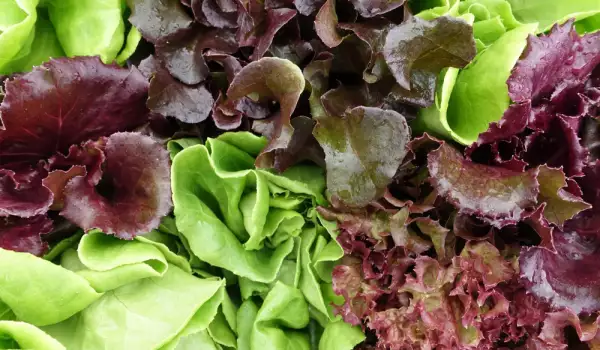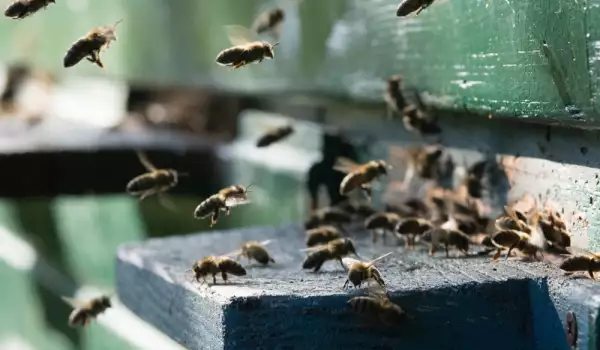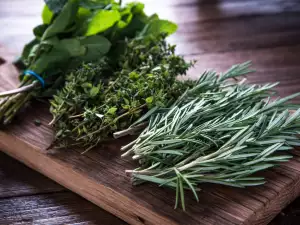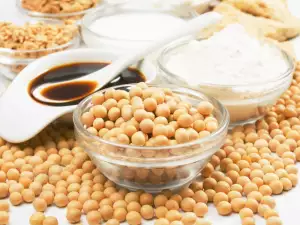Many chemical compounds are widely used as plant or other protection for agricultural production against pests, as well as in beta. Some of them are obtained artificially, others are found in a natural state in nature. One of these compounds is oxalic acid. It has a wide application, well known to people involved in agriculture. What can be learned about this type of protective substance?
Oxalic acid description
This acid is also called ethanedioic and is an organic type chemical compound. Its crystallization takes place in aqueous solution as large colorless prism-shaped crystals. They contain 2 molecules of water. It can be dissolved in water and ethanol as solvents and ether is a weak solvent.
When oxalic acid is heated with glycerin, formic acid is produced, which is the simplest carboxylic acid with a variety of applications.
Preparation of oxalic acid

Oxalic acid occurs in the free state in the leaves of certain plants such as beetroot, dock, carambola and in the form of potassium hydrogenoxalate in sorrel and rhubarb.
Potassium and ammonium oxalate can dissolve in water, but calcium oxalate does not. In industrial conditions, it is obtained by heating anhydrous sodium hydroxide and carbon monoxide, which must be placed in an autoclave to reach a temperature of 160-200°C. The compound that is formed is sodium oxalate.
Oxalic acid is then released by reaction with sulfuric acid, which is not a difficult process.
The first synthesis of oxalic acid was carried out in 1824 and 1828 by Friedrich Wöhler, who carried out the first syntheses of organic from inorganic compounds (oxalic acid from dicyanate and urea from ammonium cyanate).
The oxalic acid obtained as a result of the experiments is a solid substance soluble in water. It is poisonous.
It is used in beekeeping as a pesticide.
Action of oxalic acid

Oxalic acid is a substance contained in plants, which helps the absorption of other substances by the human body. If it is in larger quantities, it inhibits them.
If there is a content of oxalic acid in food products, its effect is rather harmful, these products are not recommended for certain diseases.
The oxalic acid contained in leafy vegetables is the reason they are avoided by kidney disease sufferers. The content of oxalic acid is the highest in sorrel and the lowest in dock. Some legumes are high in oxalic acid. Spinach contains oxalic acid and therefore when boiled, the first water is thrown away, as is done with beans when cooking them, but here the purpose is different.
Oxalic acid is not suitable for people with diseased kidneys and for small children due to the risk of stone formation.
This substance is contained in figs. Therefore, figs can also harm gout patients due to the content of oxalic acid. Because of it, they are also not recommended for sand and stones in the kidneys and urinary tract.
The European blue plum contains oxalic acid, which suppresses the absorption of calcium and burdens the metabolism in kidney patients. This fruit is also avoided by people with kidney and liver diseases. It is not toxic to healthy people, but with long-term use, taken oxalic acid can reduce the total level of absorbed calcium during the period of its consumption, so there are some norms for consumption.

Dietary nutrition for patients with oxalate stones is similar to that for urate stones. And here we have a shift of the urine and blood reaction in an acidic direction and therefore alkaline foods should be consumed.
Above all, potatoes are recommended, which are carriers of alkalies and especially because of their high potassium content. Grapes, oranges, lemons are also rich in potassium salts. For the faster release of oxalic acid from the body, the following fruit and vegetables are given: carrots, fresh cabbage, strawberries, apples, quinces, dogwoods, gooseberries, parsley roots, celery, pear, decoction of the peel of a number of fruits.
Oxalic acid in wine occurs mainly in the form of potassium, sodium and calcium salts and also in small quantities as an acidic ethyl ester. It is not harmful if alcohol is consumed in moderation.
Oxalic acid in the form of fine crystalline powder is also used in everyday life. It is used for polishing light marbles, which are difficult to become glossy. In addition, it works well to clean metal surfaces from rust.
The rusted areas are first cleaned of the surface loose layer of rust, then smeared with an aqueous solution of oxalic acid in a ratio of 1:1 to 1:5 depending on the degree of rusting. The smeared areas are left to stand for 10-20 minutes, until a gray surface is obtained, which is washed several times with boiled water and dried with a dry piece of cloth.
Oxalic acid application

The main application of oxalic acid as protection is in beekeeping against varroatosis in bees. The disease is caused by mites that attack bee colonies and destroy beehives. Therefore, it is necessary to treat every hive both in the spring and in the fall against this disease and this is done with oxalic acid. It is especially effective when there are no eggs in the hive yet. This preparation is used only once in one generation of bees.
The product oxalis is used as a protective agent. Its components, which are mainly oxalic acid, unlock the bees' natural instinct to clean themselves of mites. By removing them, the danger is removed, without consequence to the eggs and the queen bee.
Both a single or double treatment with instillation of the preparation, as well as the placement of long-acting strips, can be applied. The strips are soaked with a mixture of glycerin and oxalic acid. Having 3 to 8 strips in each hive is excellent protection because the strips last for 40-60 days. This makes the tape active and effective even in the presence of eggs.
The role of oxalic acid is as a drug for varroatosis, which certainly reduces the population of the varroa mite, a serious pest of bees, but also oxalic acid prevents swarming of bees and the loss of productive bees.
Possible reactions when using oxalic acid
Oxalic acid in treatment against varroatosis is used in two variants:
- Spraying the bees with a 3.5% aqueous solution;
- With vapors of oxalic acid when it is heated.
It is necessary to take all protective measures when working with the preparation. The beehive must be smoked beforehand and the top bars of the hive must be closed.
The acid is not safe for the beekeeper or the treated hives. The risk of resistance of the mite to the preparation must be taken into account and the treatments must be done accurately. Because of the danger to humans, its use must be done very responsibly and with prior information, as well as with an accurate dosage. The use of protective equipment is mandatory.


















Comments